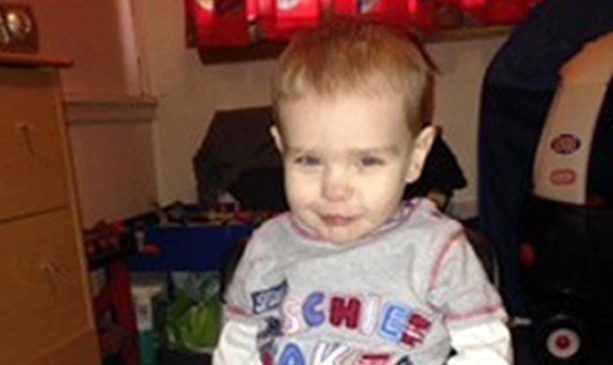A woman accused of murdering toddler Liam Fee has told a court there was nothing she could have done to prevent the two-year-old’s death.
Nyomi Fee, 28, also dismissed suggestions the death could have been avoided if she had never got involved with her partner Rachel Fee and the boy.
The court also heard Nyomi Fee deleted three calls on her mobile phone made between her and her mother within the space of 10 minutes on the night Liam died.
She denied such a move was intentional, or that it appeared “odd”, as prosecutor Alex Prentice QC asked: “What did you really discuss with your mother?”
Fee is on trial at the High Court in Livingston alongside her civil partner Rachel Fee, or Trelfa, 31 – Liam’s mother – where they deny murdering the toddler by repeatedly inflicting “blunt force trauma” to his head and body.
Liam died at a house near Glenrothes in Fife on March 22, 2014.
Nyomi Fee has previously admitted her failure to seek the required medical help for an injury Liam had to his leg days before his death amounted to neglect and ill-treatment.
Concluding his cross-questioning of the accused on Thursday, who was in the witness box for a third day, prosecutor Alex Prentice QC asked her: “Looking back, do you think there’s anything you could have done to prevent the events which led to Liam’s death?”
She replied: “I didn’t know that that was going to happen, so no.”
“Would you change anything?” Mr Prentice went on.
“Yes. I would have got medical attention for Liam when I suspected his leg was injured,” Fee replied.
Mr Prentice went on: “Might I suggest to you that one thing you could have done to prevent all of this was to leave Rachel and Liam alone, and never take up with her?”
Fee replied: “I don’t believe that would have prevented that.”
On the 27th day of the trial, the prosecutor also questioned Fee on why she had deleted calls made to her mother on the evening Liam died before handing her phone over to police.
Mr Prentice said: “The only ones you deleted were the calls to and from your mother.
“The critical calls (at) 19.36, 19.42, 19.44 to ‘mam’ they were deleted, you accept that.”
Fee said she had not done so on purpose, said her phone was “completely cracked” and held together with tape, and insisted she had informed police about what had happened.
The prosecutor went on: “It’s just a bit odd that within that cluster these are the only three which are deleted. It looks odd.” Fee dismissed the suggestion.
Asked what she had “really” discussed with her mother, she said they had been talking about a forthcoming holiday.
Fee’s defence QC Mark Stewart later asked her: “Putting the neglect aspect to one side for a minute, did you have any responsibility for a direct assault on Liam, causing that fatal injury?”
“No, never,” replied the accused.
The court later heard from clinical and forensic psychologist Dr Bryan Tully, 68, who analysed hours of recorded interviews taken with two young boys the women are accused of mistreating.
The interviews were conducted by a female police officer and a male social worker.
Dr Tully said he had never come across so many interviews being carried out with children of a similar age.
He estimated that “thousands of questions, at least a couple of thousand” were asked of the boys.
On the interviewers’ technique, the witness said: “They start to get a bit desperate and one question follows another as they try to pin down what seems a very slippery output from the children.”
He added: “The boys were put under a great deal of expectation.”
Both accused, originally of Ryton, Tyne and Wear, deny killing Liam and blame his death on another young boy.
They further deny a catalogue of allegations of harming and neglecting two young boys over more than two years.
The trial, before judge Lord Burns, continues on Friday.










